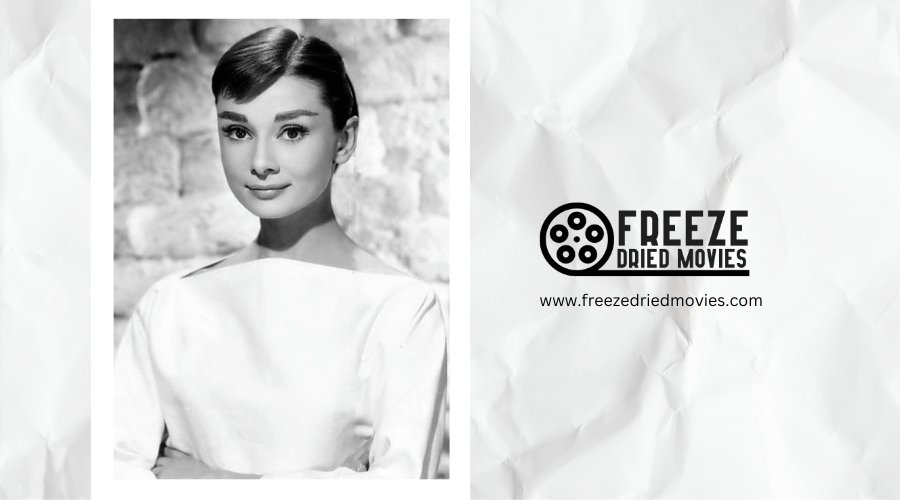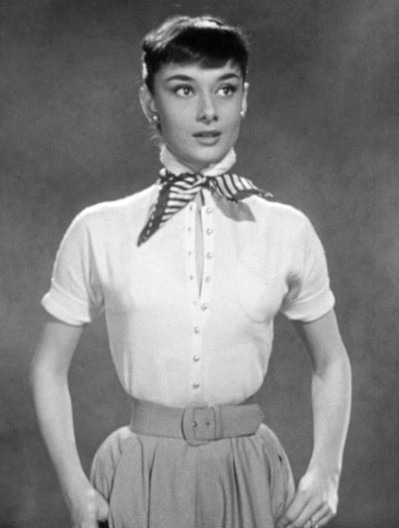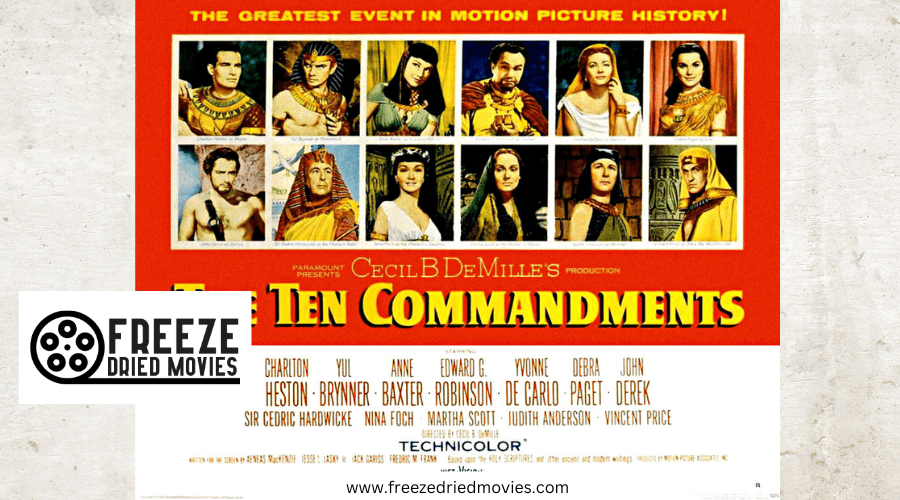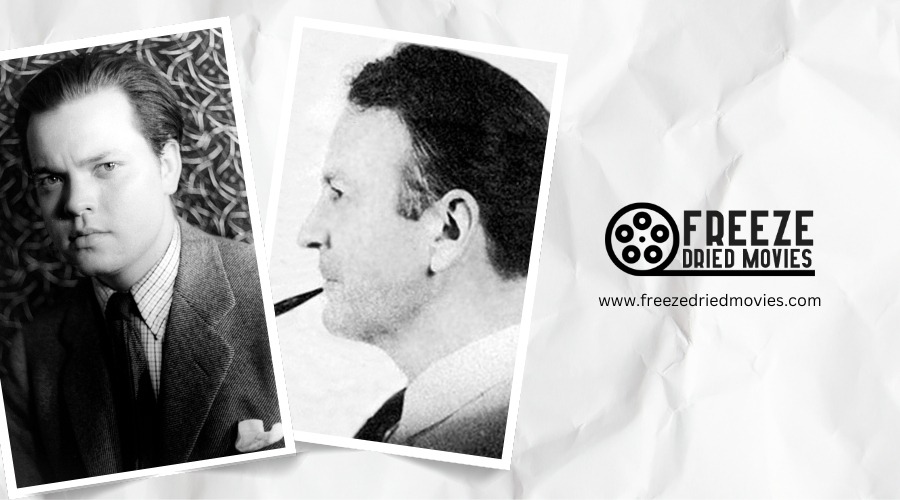Audrey Hepburn in the 1960s: More Than a Fashion Icon

You'll find Audrey Hepburn's 1960s legacy extends far beyond her iconic Givenchy gowns and film costumes. While she maintained her signature elegance with modernized elements like mod dresses and bold prints, she challenged Hollywood's beauty standards with her gamine features and minimalist style. Her most significant impact came through her UNICEF humanitarian work, earning her the Presidential Medal of Freedom. Her expedition from fashion muse to global changemaker reveals an even more inspiring story.
The Evolution of Hepburn's Signature Style
Though she maintained her trademark refined elegance, you'll see how she wasn't afraid to experiment with fresh trends. She incorporated bolder elements like gingham prints and mod minidresses into her wardrobe while never losing her sophisticated touch. Her legendary partnership with Givenchy throughout the decade helped redefine modern sophistication and elevated fashion. This effortless blend of classic and contemporary style helped establish her as a timeless fashion icon who continues to inspire generations of women.
Collaborating With Givenchy: a Fashion Partnership
When Audrey Hepburn first met Hubert de Givenchy in 1953, neither could have predicted their collaboration would revolutionize fashion history. Their trek began when she approached him to design costumes for Sabrina, sparking a partnership that would define an era.
Their creative synergy is evident in iconic films that shaped Hepburn's status as a fashion icon:
- Breakfast at Tiffany's, with its timeless little black dress
- Charade, showcasing sleek, sophisticated ensembles
- My Fair Lady, featuring transformative, refined costumes
Their relationship transcended typical designer-client dynamics, evolving into a deep friendship. Givenchy understood Hepburn's preference for minimalist refinement, crafting looks that enhanced her natural grace. Together, they created a signature style that didn't just influence 1950s and 1960s fashion—it redefined it completely. Like Grace and elegance became synonymous with Greer Garson's performances in the 1940s, Hepburn and Givenchy's collaborations exemplified sophistication in the following decades.
Breaking Hollywood Beauty Standards

While Hepburn's collaboration with Givenchy shaped her iconic style, her very presence in Hollywood challenged the industry's narrow beauty standards. In an era dominated by the voluptuous glamour of Marilyn Monroe and Elizabeth Taylor, Audrey Hepburn's gamine features and petite frame offered a rejuvenating alternative. You'll notice that her minimalist style and androgynous appeal stood in stark contrast to the bombshell aesthetic that previously defined feminine beauty.
Through films like "Roman Holiday" and "Breakfast at Tiffany's," Hepburn proved that audiences were ready to welcome a different kind of leading lady. Her success inspired the fashion industry to investigate more streamlined silhouettes, moving away from overtly sexualized designs. By embodying a more diverse conception of beauty, she helped expand society's understanding of what it meant to be an attractive woman in entertainment. Her departure from the typical Hollywood glamour was particularly striking given that the bias cut technique had long been used to emphasize curves and create body-conscious silhouettes in the previous decades.
On-Screen Elegance: Iconic Film Costumes

- In "Funny Face," Givenchy's designs perfectly captured her grace with a full skirt and that unforgettable hot pink ensemble
- "My Fair Lady" showcased Cecil Beaton's altering costume work, not designed by Edith Head as some believe
- "Paris When It Sizzles" featured sophisticated Givenchy pieces that highlighted her signature refined style
These costumes weren't just clothes - they were essential to her characters' development and lasting appeal.
The Art of Minimalist Sophistication
Throughout the 1960s, Audrey Hepburn revolutionized fashion by championing a "less is more" philosophy that challenged the decade's flamboyant trends. Moving away from the voluminous New Look silhouettes, Audrey wears streamlined pieces that embody minimalist sophistication: crisp ballet flats, custom-made trousers, and perfectly cut silk cocktail dresses.
Her partnership with Givenchy marks a crucial moment in fashion history, as their collaboration produced enduring designs that transcend time. You'll notice how every piece Hepburn chose served a purpose - from the iconic little black dress to her signature Burberry trench. She made sophistication accessible by showing you don't need extravagant embellishments to make a statement. Instead, she proved that clean lines, quality fabrics, and thoughtful styling create the most memorable looks.
Redefining Fashion Through Humanitarian Grace
Few significant changes in fashion history carry the deep impact of Audrey Hepburn's evolution from style icon to humanitarian advocate. Her work with UNICEF altered the way we view the intersection of fashion and social change, proving that true elegance extends far beyond clothing.
Her dedication to humanitarian causes earned her the Presidential Medal of Freedom, showcasing how celebrity influence can drive meaningful impact. Through her UNICEF missions, she demonstrated that grace and dignity aren't just about appearance, but about using your platform for good. Her minimalist style, coupled with steadfast commitment to helping children in need, created a new blueprint for fashion icons.
You'll find that Hepburn's legacy continues to inspire a generation that values authenticity and purpose over superficial trends, redefining what it means to be a fashion icon in modern society.




